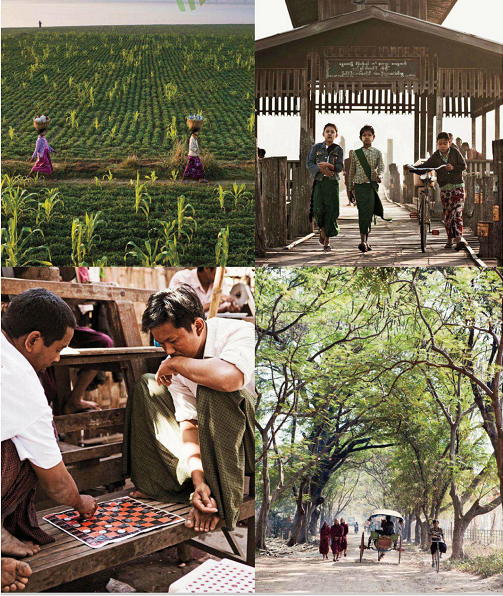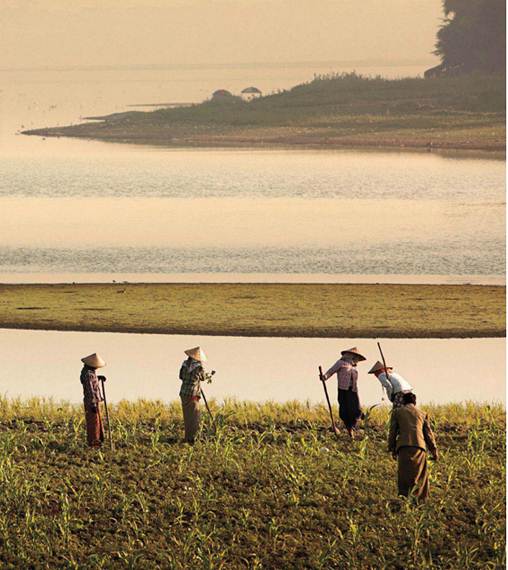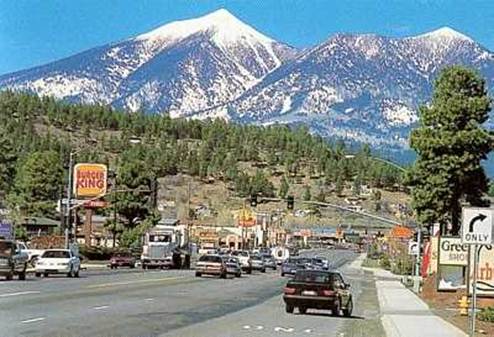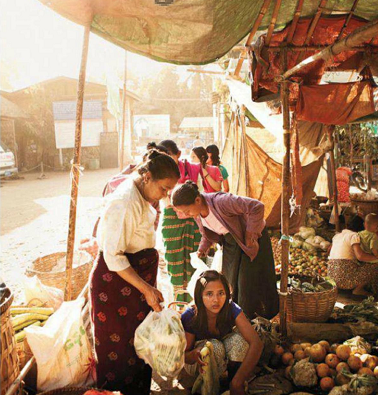Ethnic Burmese account for more than two-thirds of the country’s 56 million people. A
bewildering number of other groups make up the remaining third (from the Atsi
to the Wa and the Zo, some say there are 100, others say it’s more like 200).
Most of these minorities want independence from the central government or
federalism. Self-determination is such an impassioned issue that many have
their own armies. Indeed, it was initially because of internal warfare that the
Burmese army because so powerful. A number of ceasefires with rebel groups have
been holding since about the end of the 1990s, but there is still conflict in
some areas – which are out of bounds to tourists – and more recently there have
been reports of truces being broken in several previously peaceful places.

Fields
near Taungthaman Lake; the entrance to U Bein Bridge; the road to Bagaya
Monastery, Inwa; downtime at a jade market in Mandalay
There have, however, been no reports of
conflict in Kalaw and the surrounding region. That’s because of the Burmese
soldiers there and the new tourist money coming in: the town is gently
developing as a base for trekking. After a night in a spick-and-span guesthouse
that had opened a few months previously, we set out with a guide on a day’s
excursion. Following a red-mud track from the edge of town, we entered a land
of abundance. This was plantation country, producing coffee, tea, fruit and
vegetables. Enormous butterflies flitted by winding streams as we walked
through great groves of oranges and preposterously large lemons. A civet cat
bounded up a hill past rows of aubergines as we reached the outskirts of a
Palaung village, where we stopped for cups of green tea and admired the local
weaving. We continued over dramatic hills and through more Palaung villages
before reaching the road where our car was waiting.

Working
the fields on the shores of Taungthaman Lake
Inle Lake, about three hours’ drive east, was our next port of call. On arriving in the area, we took a
brief detour to see another plantation: one of Burma’s first vineyards. Set
near the cheerful little town of Nyaung Shwe, Red Mountain Estate is largely
the creation of resident French winemaker Francois Raynal, who started playing
here in 2003. Sounds unlikely? Well, yes, but the results are very drinkable,
particularly the Sauvignon Blanc. We explored the winery in a daze, looking out
to distant pagodas over neat rows of vines. Then we proceeded to the lake
itself.

Red
Mountain Estate
Just over 13 miles long, this body of water
presents some of Burma’s most dreamy scenery – and some of its most wonderfully
quirky sights. The indigenous Intha people live over the water in houses on
stilts. They grew wealthy (by Burmese standards) from farming their homemade
floating islands and from fishing, for which they developed a curious method of
rowing with one arm and a leg so as to keep the other arm free for manoeuvring
nets. They now also make tidy sums from tourism. Visitors are taken around the
lake by motorized longboat, their picturesque tours punctuated by plenty of
retail opportunities, with stops at teak-panelled workshops on stilts:
silversmith, cheroot-maker, papermaker. Most striking of all is the weaving
outfit at the village of In Paw Khon. Here you step into a world of wooden
looms, all worked by hand. I watched silk and cotton fabric taking form, then
gazed spellbound as fibre was created, as if by magic, out of lotus plants. The
stems are twisted to extract sap which is then rubbed into long strings of a
silk-like substance. Once spun, this produces a delicate material of such
quality that the Italian label Loro Piana introduced lotus-fibre pieces in its
2011 collection.

Nyaung
U Market in Bagan